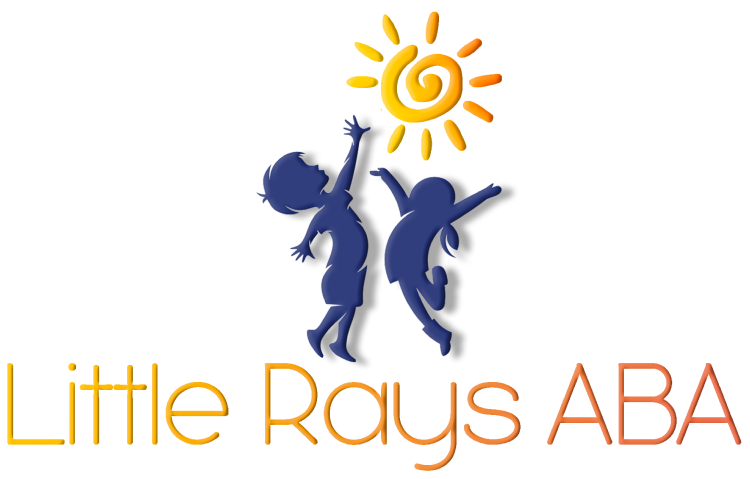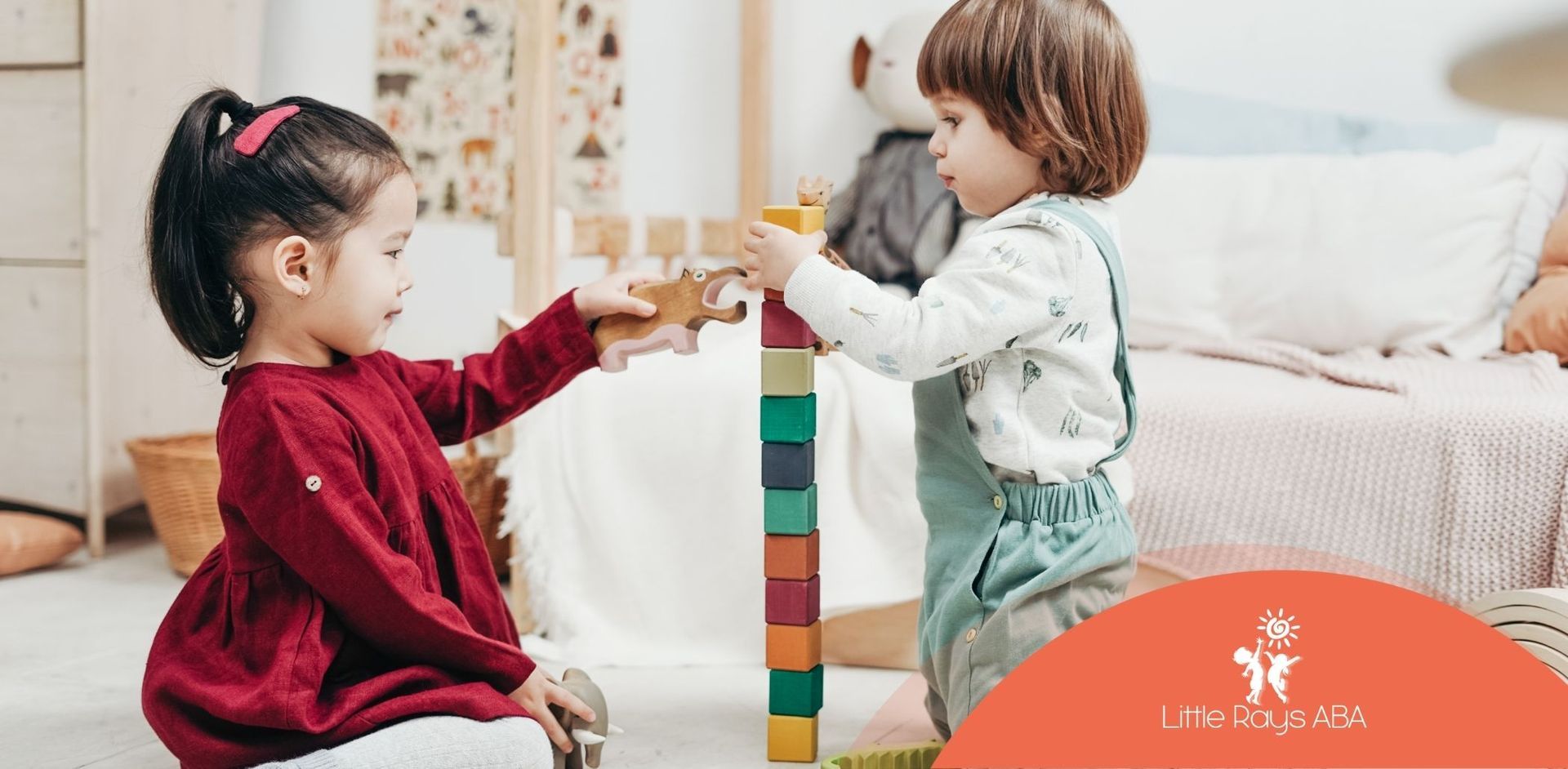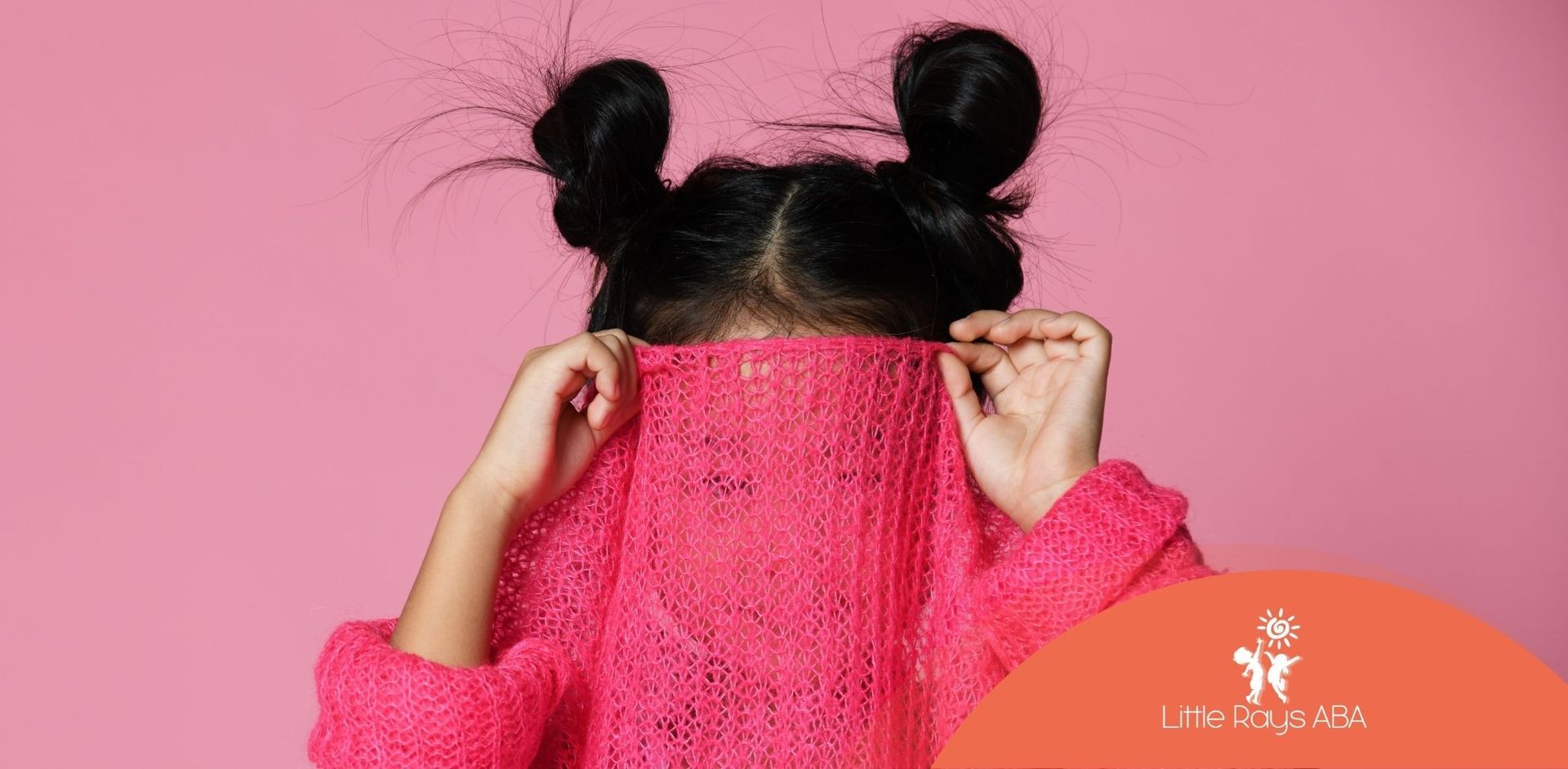How to Navigate the Challenges of Autism and Epilepsy Comorbidity
When a child is diagnosed with both autism and epilepsy, the journey can feel like double the challenge. You're managing not just social or communication struggles—but also medical unpredictability. It’s overwhelming, and you're not alone.
I remember one family I worked with whose 8-year-old son had nonverbal autism and daily absence seizures. His mom was constantly on edge, unsure if his zoning out was a seizure or just part of his sensory experience.
Through ABA therapy, we built visual supports, taught her seizure tracking strategies, and even created a communication system so he could express how he felt. Over time, things got easier—and that’s what I want for you too.
Understanding Autism and Epilepsy Comorbidity
What is Autism?
Autism, or Autism Spectrum Disorder (ASD), is something I work with every single day. It’s a developmental condition that shows up differently in every individual—some children may be mostly nonverbal, while others might be highly verbal but struggle socially or behaviorally. Core features include difficulties with social skills, repetitive behaviors, and communication differences.
From my experience, early diagnosis paired with consistent intervention—especially with ABA therapy—can make a huge difference in helping children learn essential life and social skills.
What is Epilepsy?
Epilepsy is a neurological disorder characterized by repeated seizures, which are caused by abnormal brain activity. These seizures vary widely—some kids I’ve worked with have brief staring spells, while others experience full-body convulsions.
It can be scary and unpredictable for both the child and the family. Proper medical care and routine monitoring are essential to help reduce the frequency and severity of seizures.
Autism and Epilepsy Comorbidity
When autism and epilepsy occur together—which happens more often than many people realize—it’s called comorbidity. Research shows that about 20-30% of individuals with autism also have epilepsy, compared to just 1% of the general population.
| Category | Percentage | Population |
|---|---|---|
| Individuals with Autism who have Epilepsy | 20-30% | Autism population |
| General Population with Epilepsy | 1% | General population |
The data shows that epilepsy is 20-30 times more common in individuals with autism compared to the general population, highlighting an important comorbidity that requires clinical attention.
When these two conditions overlap, it can create added complexity. From my perspective as a therapist, it’s vital that families and care teams collaborate closely to create individualized support strategies.
Challenges of Managing Autism and Epilepsy
Overlapping Symptoms and Behaviors
Many families I work with are surprised to learn how much epilepsy and autism can "mirror" each other in certain behaviors. For example:
- Seizures can sometimes resemble stimming or zoning out.
- Repetitive behaviors could be a sign of
sensory processing difficulties or a seizure precursor.
- Communication difficulties are common to both, and can make it hard to express discomfort or symptoms.
It’s not always easy to tell what’s a seizure-related issue versus something tied to autism. I always encourage families to track behaviors and work with specialists who understand both conditions.
Impact on Daily Life
Managing comorbidities can turn daily routines into a juggling act. Some of the families I support deal with:
- School struggles due to cognitive issues from seizures plus the learning differences of autism.
- Social isolation—kids may avoid or struggle in group settings.
- Behavioral outbursts stemming from frustration, anxiety, or sensory overload.
The unpredictability of seizures can be emotionally and physically exhausting for caregivers. I’ve seen many parents stretched thin trying to keep everything afloat.
Tips for Families Managing Comorbidity
Establishing a Supportive Routine
In my practice, I’ve found that structured routines are game-changers. Predictability calms anxiety and builds confidence. I recommend:
- Visual schedules: Pictures that show the day’s tasks help many of my clients feel secure.
- Timers and alarms: Great for medication reminders and transitions.
- Built-in flexibility: Life happens—some days will veer off-plan due to a seizure or appointment.
Communication Strategies
Clear communication can reduce stress and improve connection. I advise using:
- Visual supports like PECS (Picture Exchange Communication System) or symbol cards.
- Simple, consistent language—avoid idioms or sarcasm.
- Active listening—even nonverbal kids can express themselves in powerful ways when we tune in.
Building a Strong Support Network
I can’t stress this enough—build your village. Support makes everything feel more manageable. That might look like:
- Joining parent groups—I’ve seen friendships blossom between parents who just “get it.”
- Leaning on professionals—neurologists, ABA therapists, and occupational therapists all bring unique insights.
- Finding community programs that are inclusive and understanding of sensory or medical needs.
Medical Considerations
Medication Management
Many of my clients take medication for seizures or behavioral symptoms. It’s so important to:
- Work closely with your neurologist or pediatrician.
- Track side effects—some meds can affect mood, sleep, or appetite.
- Be consistent with timing and dosage.
Regular Doctor Visits
Routine check-ins are key. I always tell families: don’t wait until something goes wrong. Staying on top of care helps prevent complications and keeps treatment effective.
Seizure First Aid Training
One of the most empowering things a parent can do is take seizure first aid training. You’ll learn:
- How to recognize different seizure types
- How to respond safely
- When to call 911
Many local epilepsy foundations offer free workshops. It’s worth the time, trust me.
Creating a Safe Environment
Home Safety Precautions
In homes where I consult, we usually do a safety audit. Here are my go-to recommendations:
- Lock up sharp tools and cleaning supplies.
- Use non-slip mats and secure rugs.
- Keep cords tucked away.
- Test smoke detectors regularly.
- Have a clear fire escape plan.
Building a Sensory-Friendly Space
Sensory overload can trigger anxiety or even seizures in some kids. A calming area can help immensely. Try:
- Soft lighting like lamps or fairy lights
- Sound buffers like curtains or rugs
- Comfortable seating—beanbags, hammocks, floor pillows
- Sensory tools—fidget spinners, putty, weighted blankets
- Cool tones—light blues, greens, and pastels are great
Developing an Emergency Plan
Every family should have a plan in place. I help parents put together:
- A
seizure response protocol
- A
communication plan for siblings and caregivers
- Emergency contacts list
- Practice drills (especially if your child attends school or daycare)
- A
safety kit with meds, ID info, and medical forms
Self-Care for Caregivers
Managing Stress and Burnout
Caregiver burnout is real. I’ve had parents tell me they feel guilty for being tired—but you’re only human. Recognize the signs: irritability, low motivation, feeling overwhelmed. Then, take steps to manage it:
- Meditation or mindfulness (even 5 minutes helps)
- Walks or movement to release stress
- Doing something you love, even briefly, to refill your cup
Seeking Support for Yourself
You deserve support too. There’s strength in sharing your story:
- Parent support groups can help you feel seen.
- Online forums offer 24/7 advice and empathy.
- Therapists or counselors can help you cope and strategize.
Balancing Caregiving Responsibilities
It’s tough to find balance, but I’ve seen parents thrive by:
- Scheduling personal time—even just 15-minute blocks
- Asking for help—family, friends, respite care
- Setting boundaries—it’s okay to say no sometimes
Managing autism and epilepsy together is no easy task, but it’s absolutely doable with the right support, knowledge, and compassion—for your child and for yourself.
If you’re feeling overwhelmed or unsure where to start, I encourage you to reach out. At Little Rays ABA, we’re here to support families just like yours throughout Florida with personalized ABA therapy that adapts to your child’s unique needs—especially if you're navigating complex diagnoses.
Call us today at 305-306-1443 or email us at aba@littleraysaba.com. Let’s work together to help your child thrive.
FAQs
What does autism and epilepsy comorbidity mean?
It means a child has both autism spectrum disorder (ASD) and epilepsy, which is more common than many realize. About 20-30% of individuals with autism also have epilepsy.
Can ABA therapy help with autism and epilepsy comorbidity?
Yes! ABA therapy can support communication, routines, and behavior management—especially when tailored to children with additional medical needs like epilepsy.
How can I make my home safer for a child with autism and epilepsy?
Creating a safe environment involves reducing fall risks, using sensory-friendly tools, and having an emergency seizure plan in place. An ABA therapist can help personalize it.
Sources:
- https://www.autism.org.uk/advice-and-guidance/professional-practice/epilepsy-autism
- https://www.thetransmitter.org/spectrum/the-link-between-epilepsy-and-autism-explained/
- https://pmc.ncbi.nlm.nih.gov/articles/PMC4475437/
- https://pmc.ncbi.nlm.nih.gov/articles/PMC5739118/
- https://www.cureepilepsy.org/research-discoveries/the-connection-between-stress-autism-and-epilepsy/
- https://www.ncbi.nlm.nih.gov/books/NBK98169/
- https://www.massgeneral.org/children/autism/lurie-center/epilepsy
Related Posts





